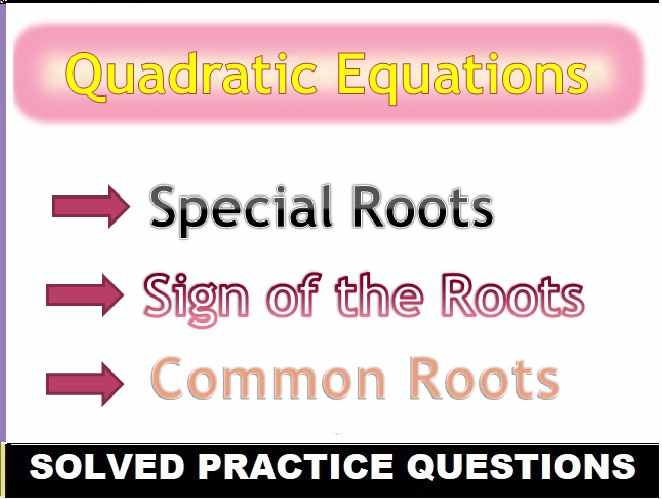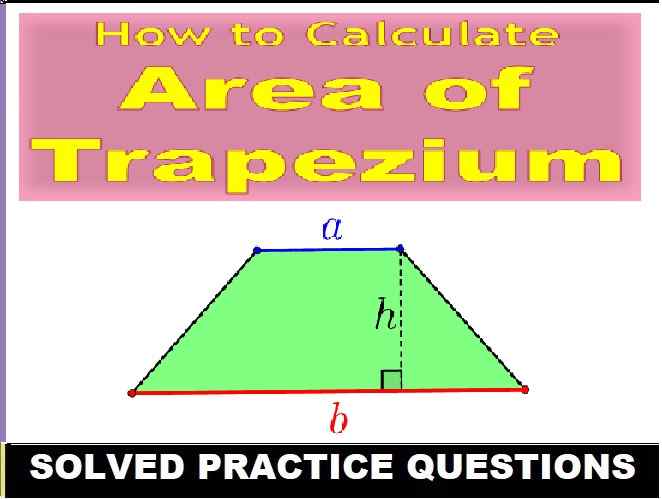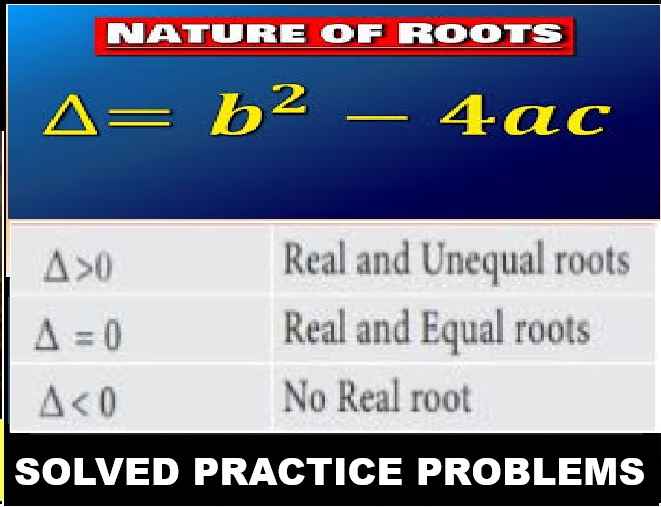Chemical Changes and Reactions Part-2 Goyal Brother Solutions ICSE Class-9 Ch-2. We Provide Solutions of all type exercise questions such as reactions, definition fill in the blanks give reason etc. Visit official Website CISCE for detail information about ICSE Board Class-9.
ICSE Class-9 Chemical Changes and Reactions Part-2 Goyal Brother Solutions
| Board | ICSE |
| Publications | Goyal Brother Prakashan |
| Subject | Chemistry |
| Class | 9th |
| Writer | Dr. S.K. Aggarwal |
| Chapter-2 | Chemical Changes and Reactions |
| Topics | Solutions of Exercises-2 |
| Edition | for 2022-2023 Academic Session |
Ch-2 Chemical Changes and Reactions Part-2
Goyal Brother Prakashan Solutions for ICSE Class-9
(Page-46 – 47)
Questions 1. Define the term chemical reaction.
Answer : A chemical reaction is a process in which one or more substances, also called reactants, are converted to one or more different substances, known as products
Questions 2. State or define the following reactions, supporting your answers by at least two examples each
(a) Direct combination--a reaction where two or more elements or compounds (reactants) combine to form a single compound (product).
(b) Chemical decomposition–A decomposition reaction can be defined as a chemical reaction in which one reactant breaks down into two or more products
(c) Chemical displacement–Chemical displacement is a reaction in which more reactive elements displaces the less reactive elements from their compounds
(d) Chemical double-decomposition–a chemical reaction between two compounds that results in the interchange of one part of each to form two different compounds, as in AgNO3 + KI → AgI + KNO3
Questions 3. What is a synthesis? To which kind of chemical reactions belongs synthesis? Support your answer by an example.
Answer :- A synthesis reaction is a type of reaction in which multiple reactants combine to form a single product. Synthesis reactions release energy in the form of heat and light, so they are exothermic. An example of a synthesis reaction is the formation of water from hydrogen and oxygen
Questions 4. What is analysis? To which kind of chemical reactions belongs analysis? Support your answer by an example.
Answer :–Decomposition reactions are also known as analysis reactions or chemical breakdowns. The opposite of this type of reaction is a synthesis in which simpler reactants combine to form a more complex product
Questions 5. What is the difference between precipitation reaction and neutralization reaction? To which kind of chemical reactions belong these reactions ? support your answer by one example each.
Answer : A reaction between an acid and base which results in the formation of salt and water is a neutralization reaction. A reaction where a semi-solid insoluble product is formed, which is called precipitate is a precipitation reaction.
Chemical Changes and Reactions Part-2 Goyal Brother Solutions ICSE Class-9 Ch-2
Questions 6. (a) what do you understand by the following terms?
(i) Catalyst–A substance that alter the rate of a chemical reaction without itself undergoing any permanent chemical change is called a catalyst.
(ii) Inhibitor–an agent that slows or interferes with a chemical action. substance that reduces or suppresses the activity of another substance (such as an enzyme)
(iii) Promoter–the substances that enhances (increases) the activity of the catalyst.
(iv) Catalysis.–Catalysis is a term describing a process in which the rate and/or the outcome of the reaction is influenced by the presence of a substance (the catalyst) that is not consumed during the reaction and that is subsequently removed if it is not to constitute as an impurity in the final product.
(b) Give one equation to explain the meaning of 6(a) (i), (ii) and (iii).
Ans: There are many catalysts that have important biological, commercial, and industrial applications. Enzymes are biological catalysts involved in a variety of vital processes in living organisms, including digestion. Other examples include the use of nickel to hydrogenate vegetable oils into margarine; the use of platinum in catalytic converters to covert carbon monoxide into carbon dioxide in cars
Questions 7. What as a reversible reaction? What is the most important condition for the reversible reaction to take place? Support your answer by a fully balanced chemical equation.
Answer :A reversible reaction is a reaction in which the conversion of reactants to products and the conversion of products to reactants occur simultaneously
The conditions that a reversible process becomes irreversible are: i) When there is an escape of the gas products through an open system. ii) If we continuously remove the products formed in the reaction.
Questions 8. what do you understand by the term thermal dissociation? How thermal dissociation is different from thermal decomposition? Write two fully balanced equations for thermal dissociation reactions.
Answer : Thermal dissociation is conventionally understood to be a breakdown of chemical bonds in molecules resulting in production of smaller molecules or atoms under the influence of temperature.
Thermal decomposition is breaking a compound into two or more elements, or into two new compounds with the help of heat. These reactions are irreversible. Thermal dissociation is breaking a substance into two or simpler substances with the help of heating.
Questions 9. What do you understand by the following terms?
(a) Oxidation–The reaction in which oxygen is gained or hydrogen is lost, is called oxidation reaction. e.g. 2Cu+O2heat 2CuO
(b) Oxidising agent–The substance which give oxygen or substance which removes hydrogen
(c) Reduction–reduction is a process in which a substance removes oxygen or adds hydrogen. Examples: When copper oxide is heated with hydrogen, copper metal is formed along with the formation of water. In this reduction reaction, copper oxide loses oxygen atom to form copper.
(d) Reducing agent—a reducing agent (also known as a reductant, reducer, or electron donor) is a chemical species that “donates” an electron to an electron recipient
Questions 10. CuO(s) + H2(g) —–> Heat Cu(s) + H2O(l).
ln the above equation, by giving reasons, explain which substance is:
(a) Oxidised—H2
(b) Reduced–CuO
(c) Oxidising agent–CuO
(d) Reducing agent–H2
Chemical Changes and Reactions Part-2 Goyal Brother Solutions ICSE Class-9 Ch-2
Questions 11. Name five conditions for a chemical reaction. Support your answer by at least one example each.
Answer :
- change in color- eg- when lead nitrate is added to potassium sulphate , the precipitate so formed is in yellow in color.
- change in state. …
- change in temperature. …
- evolution of gases. …
- formation of precipitate.
Questions 12. What do you understand by the term “Energy change” during a chemical reaction?
Answer :Energy is involved in a chemical change because of formation and breakdown of bonds. In exothermic reactions, energy is released and in endothermic reactions, energy is absorbed
Questions 13. What is energy of activation? Support your answer by one example.
Answer : Activation energy is defined as the minimum amount of extra energy required by a reacting molecule to get converted into product
Questions 14. Define endothermic reaction. Support your answer by two examples.
Answer :Endothermic reactions are chemical reactions in which the reactants absorb heat energy from the surroundings to form products
Questions 15. Define exothermic reaction. Support your answer by two examples.
Answer : An Exothermic reaction is a chemical reaction that involves the release of energy in the form of heat or light. What is a Combustion example
Questions 16. what are photochemical reactions? Support your answer by two examples.
Answer : a chemical reaction initiated by the absorption of energy in the form of light. The consequence of molecules’ absorbing light is the creation of transient excited states whose chemical and physical properties differ greatly from the original molecules.
Questions 17. What are electrochemical reactions? Support your answer by two examples.
Answer : electrochemical reaction, any process either caused or accompanied by the passage of an electric current
Questions 18. Classify the following reactions.
(a) Zn(s) + H2SO4 (aq) → ZnSO4 (aq) + H2(g)
Displacement Reaction
(b) BaCl2 (aq) + Na2SO4 (aq) → BaSO4(s) + 2NaCl (aq)
Double Displacement Reaction
(c) 2CO(g) + O2 (g) → 2CO2(g)
Oxidation / combination reaction
(d) 2KNO3(s) → 2KNO2 (l) + O2(g)
Decomposition reaction
(e) 3Fe(s) + 4H2O (steam) ⇌ Fe3O4(s) + 4H2(g)
Redox reaction
(f) 2H2O(l) → Electric current 2H2(g) + O2(g)
Electro chemical Reactions
(g) 2KCIO3,(s) → MnO2 (heat) 2KCl (s) + 3O2(g)
Decomposition reactions
(h) H2(g) + Cl2(g) — Diffused Sunlight → 2HCI (g)
Photo reaction
Questions 19. By giving two examples in each case, define the following:
(a) Combustion–The chemical process in which a substance reacts with oxygen to give off heat is called combustion. Examples are ethane, wood, propane.
(b) Combustible substance–Those substances catch fire easily which undergoes combustion or burn are called combustible substances. ( need the low temperature to burn). For example Paper, cloth, cooking gas (LPG), CNG, Kerosene oil, wood, charcoal, etc.
(c) Supporter of combustion—-Oxygen gas / ignition temperature supports the combustion of fuels. For example, cooking gas and producer gas are fuels that burn in the presence of oxygen gas
(d) Inflammable substances–Inflammable substances are those which have low ignition energy. They catch fire easily and highly combustible in nature. Inflammable substances have higher vapour pressure which makes them more flammable. Some examples of inflammable substances are: Alcohol, kerosene, benzene.
(e) Incombustible substances–Substances that don’t burn in the presence of air are called non-combustible substances. E.g. Glass, stones
Questions 20. Nate any three conditions for the combustion of a substance. Support your answer with examples.
Answer : Necessary Conditions for Combustion
- Presence of a combustible substance.
- Presence of a supporter of combustion.
- Heating the combustible substance to its ignition temperature.
- The presence of fuel plays an important role.
- The presence of air or oxygen
— End of Chemical Changes and Reactions Part-2 Goyal Brother ICSE Class 9 Ch-2 :–
Return to: ICSE Class-9 Chemistry Goyal Brothers Prakashan Solutions
Thanks


